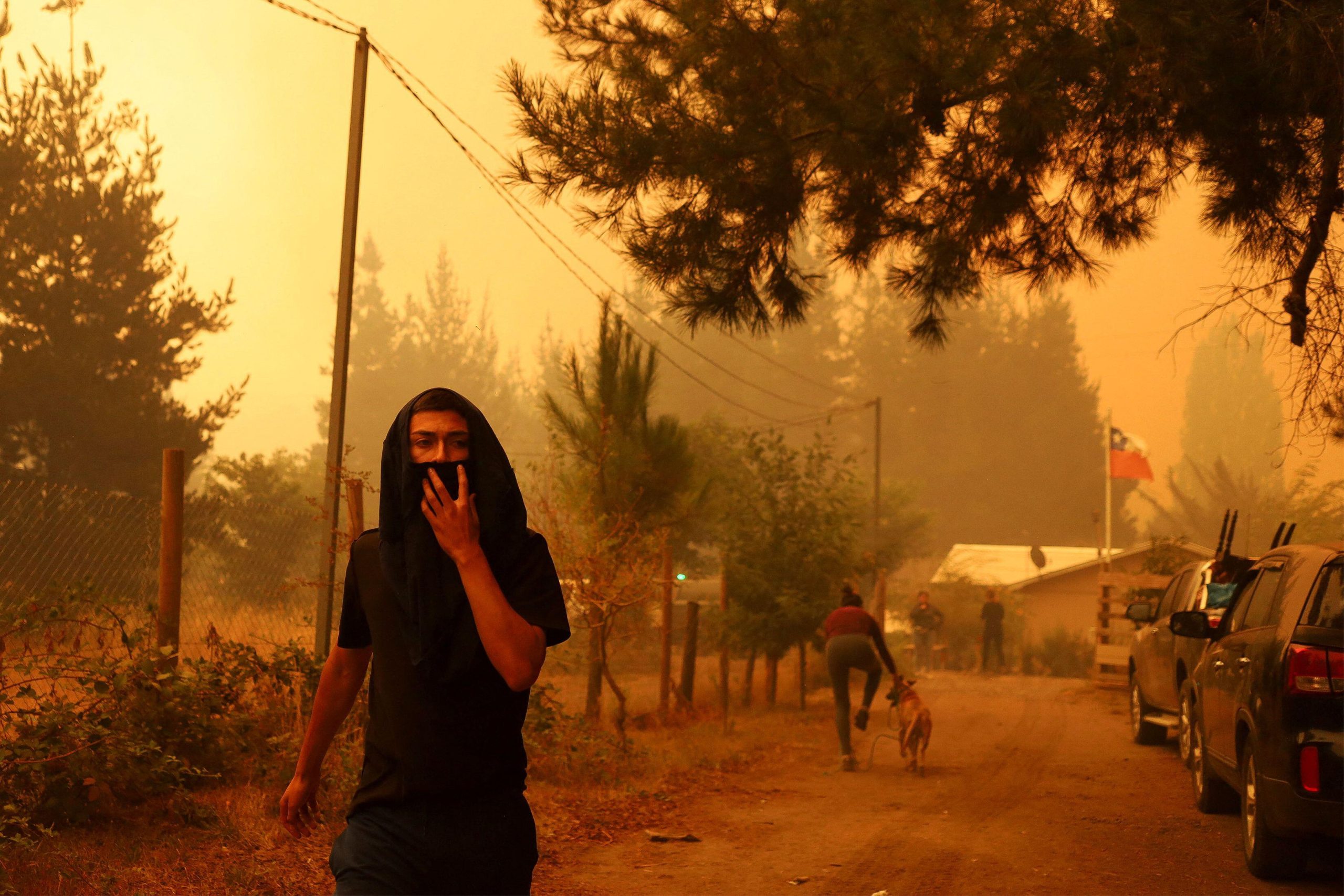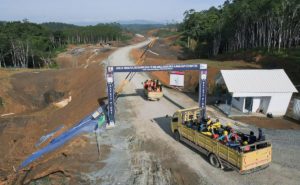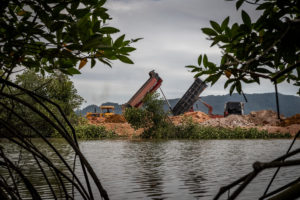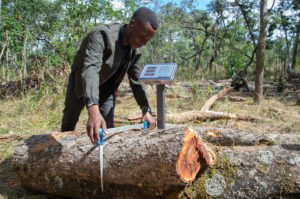Climate change is increasing temperatures across South America, reducing rainfall in several of its countries, leading glaciers to rapidly retreat in the Andes, and causing sea levels to rise on the Pacific and Atlantic coastlines.
Coverage of changing weather patterns and extreme weather events, as well as the harm they bring to South America’s ecosystems, is widespread, but their impacts on people’s health are perhaps less widely understood. The effects of a changing climate on human bodies range from the acute to the chronic, and the responses of regional governments to these risks have so far been inadequate, according to a new report.
The 2022 South America report on health and climate change, released on Tuesday 28 March by Lancet Countdown, an independent expert group that monitors the links between public health and climate, explores some of the main threats and the regional capacity to deal with them. “Climate change is harming the health of South Americans, so it is time to take immediate action,” said Stella Hartinger, the report’s lead author.
Here we look at four of the report’s key findings, covering some of the most significant threats to South American health in a changing climate.
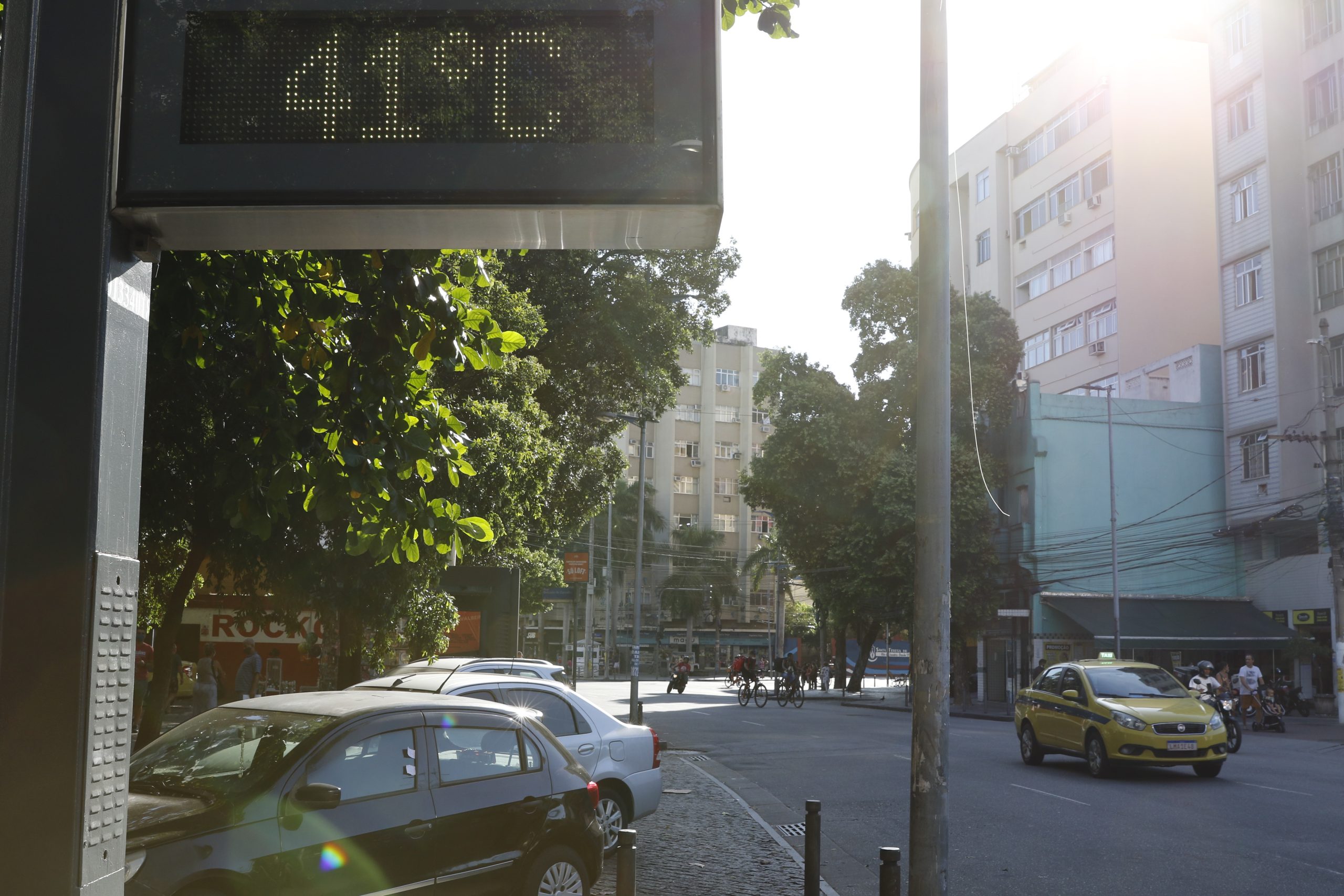
Heatwaves lead to more deaths of vulnerable people
Exposure to extreme heat increases the risk of death from all causes, particularly cardiovascular, cerebrovascular and respiratory conditions. Newborns and people over the age of 65 are the most vulnerable. “Heatwaves have become more frequent and intense, and are a hazard to the health and survival of these age groups,” said Yasna Palmeiro-Silva from Chile, another of the report’s authors.
The World Meteorological Organization has recorded increasing temperatures in every country in South America, with heatwaves exceptionally intense and long in central and north-eastern Brazil, Colombia, central Chile and central and southern Argentina.
The Lancet report estimated that deaths related to heat in South America increased by 160% between 2017 and 2021 compared to 2000–2004, with Brazil, Argentina, Colombia and Venezuela being the most affected.
Venezuela is not among the South American countries with higher increases in temperature, but its population is comparatively older than many others in the region, and 80% of its elderly citizens live in poverty, heightening the risks from extreme heat and making adaptation even more difficult.
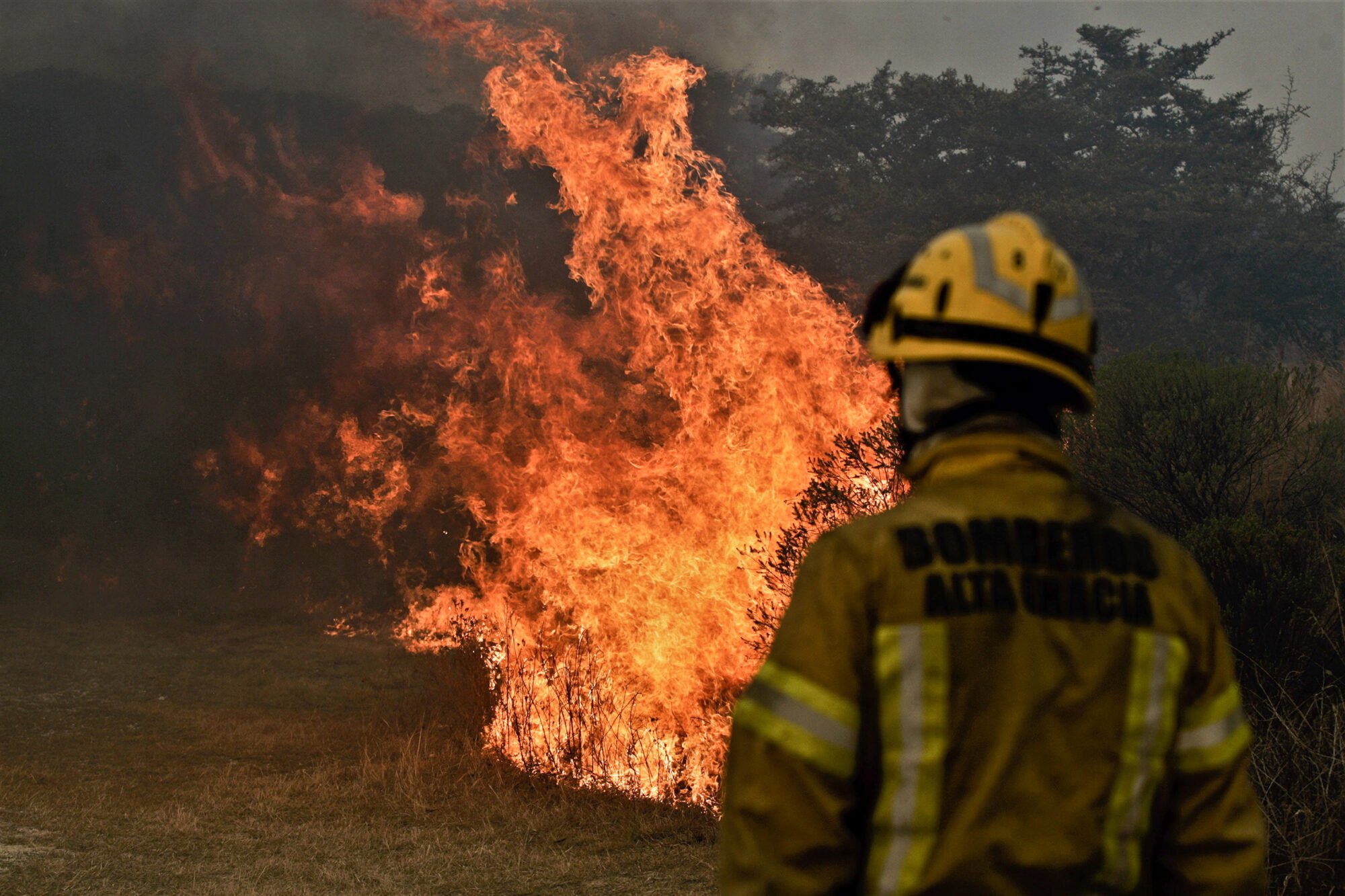
Wildfires cause acute problems and death
Wildfires can cause direct physical harm or death through smoke inhalation, but in some cases health issues appear in the longer term. The exposure to fine particulate matters and chemicals from wildfires can increase the risk of cancer of all types, according to a review published in The Journal of Climate Change and Health.
12 countries
are analysed in the new Lancet report: Argentina, Bolivia, Brazil, Colombia, Chile, Ecuador, Guyana, Paraguay, Peru, Uruguay, Venezuela and Suriname. As an overseas department of France, French Guiana was not included.
The new Lancet study showed that the exposure to “very high” or “extremely high” wildfire danger – and its related health risks – has increased in nine out of the 12 South American countries it analysed. People in the region suffered on average seven more days of risk exposure each year between 2018 and 2021, compared to 2001 to 2004, a 35% increase. Argentina and Chile faced the highest risk in South America.
Human activity is the main driver of wildfires in most South American biomes – an exception, the report notes, is the Brazilian Cerrado, where fires are part of its natural ecosystem dynamics. But climate change can also ease the conditions for the start and spread of these fires, through higher temperatures and reduced rainfall and humidity.
The Amazon rainforest, Pantanal and Chaco biomes have been particularly vulnerable to human-caused fires, resulting in major forest and biodiversity loss. This process reduces carbon sequestration and exacerbates climate change – therefore worsening health risks.
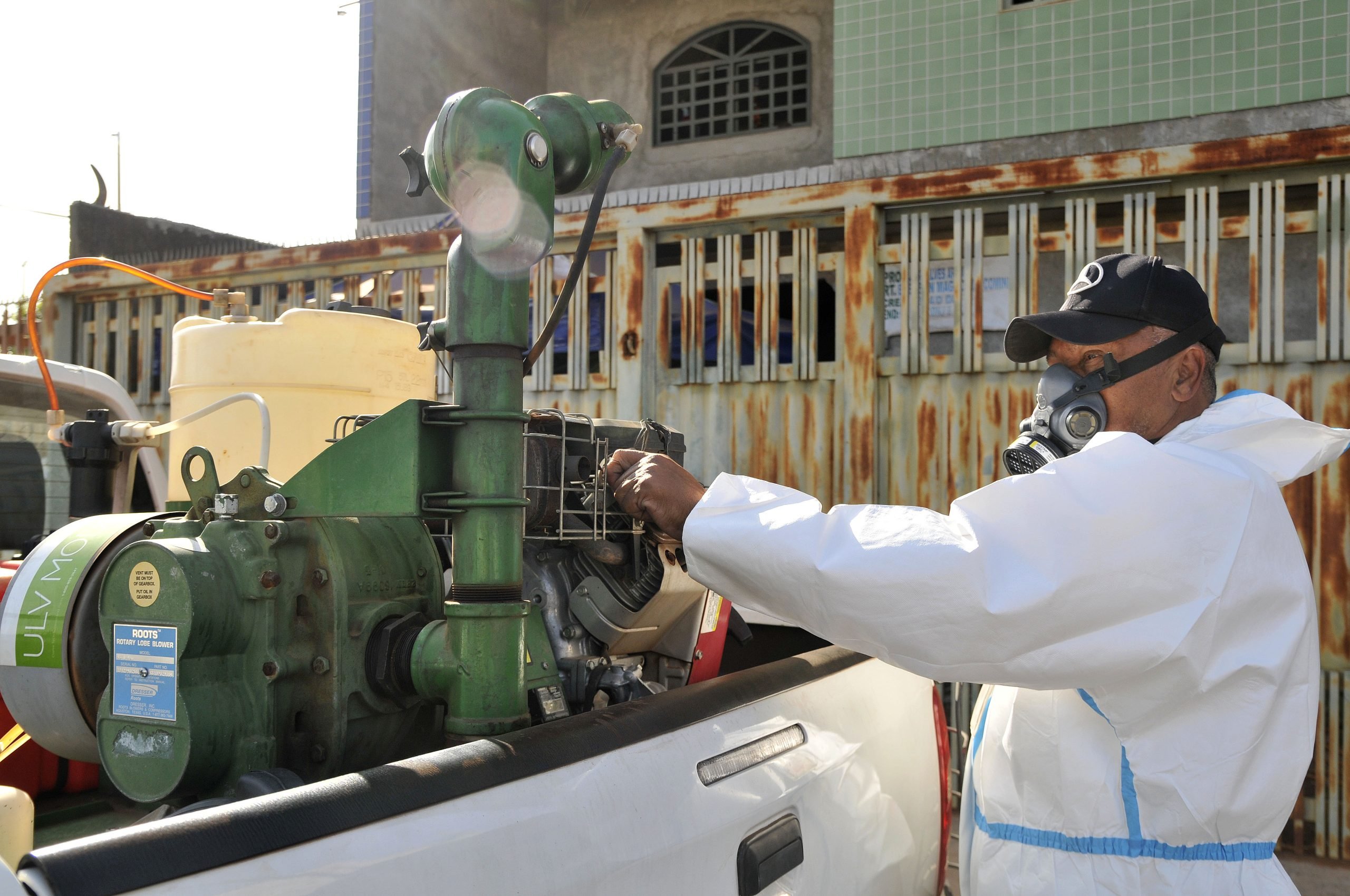
Higher temperature increases infectious diseases
Global warming is expanding the range of several infectious diseases, with dengue in particular endemic in South America, with a high disease burden and frequent epidemic cycles, the Lancet report notes. High temperature, precipitation and humidity – conditions becoming more regular and intense in many regions under climate change – are key for dengue transmission, with urbanisation and population movement also said to have a strong influence on its spread.
The incidence and severity of dengue rose substantially in the last 30 years in the region, according to the Lancet group, who monitored an indicator of “climate suitability” for the disease’s transmission since the 1950s. They showed a steady increase in dengue in all countries where mosquitos, which spread the disease, are found, except for Argentina and Suriname.
Across the region, the climate suitability for dengue transmission rose by 35% between 2012 and 2021, compared to 1951–1960. As the range and ever more frequently ideal conditions for transmission increases, “It is urgent that the South American health systems strengthen their capacities to face this challenge,” said Andres Lescano, another contributor to the paper.
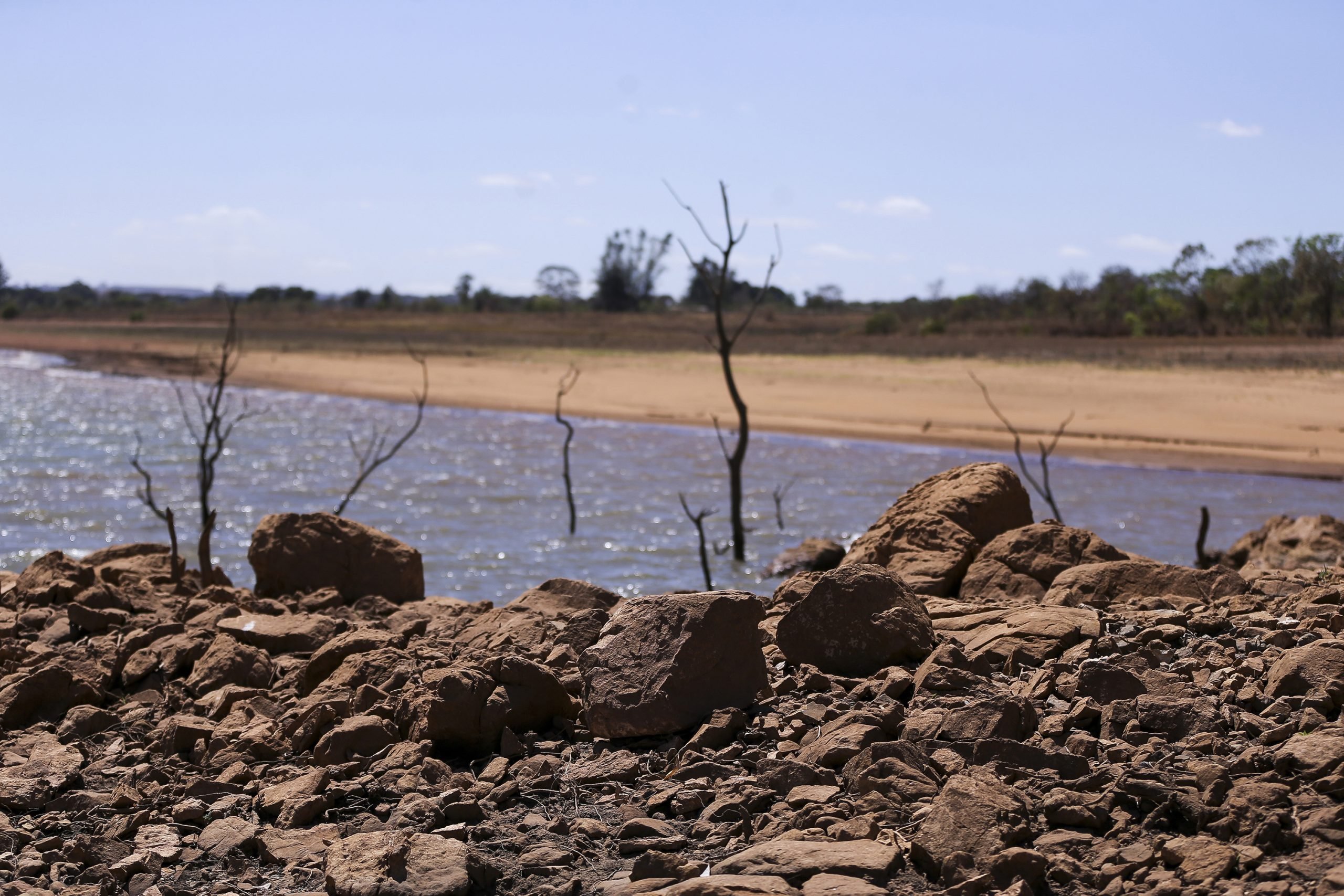
Climate conditions impact food production
Climate change can affect the growth, yield and nutritional content of several crops, including wheat, rice, maize and soybean, causing economic impacts to producers and nations, and increasing the risk of food insecurity and its consequences for health.
Long droughts and higher temperatures have already had consequences for South American agriculture. Producers mainly in Brazil and Argentina have faced losses in output, impacting both exports and domestic consumption.
In recent years, the region has also seen rising food insecurity, driven by more frequent extreme climate events, as well as political turmoil, economic downturns, the Covid-19 pandemic and even the war in Ukraine.
According to the State of Food Security and Nutrition in the World report, published by the United Nations, 117.3 million people in Latin America — 21% of the region’s population — did not have access to enough food in 2020.
“Climate change will put additional pressure on food systems,” the Lancet report states, highlighting more intense and longer droughts, extreme weather events, higher temperatures, increased atmospheric CO2 concentrations and shorter growing seasons as threats to production. In sum, it says, they present “an acute menace to food security in the region” – and thus, its people’s health.
